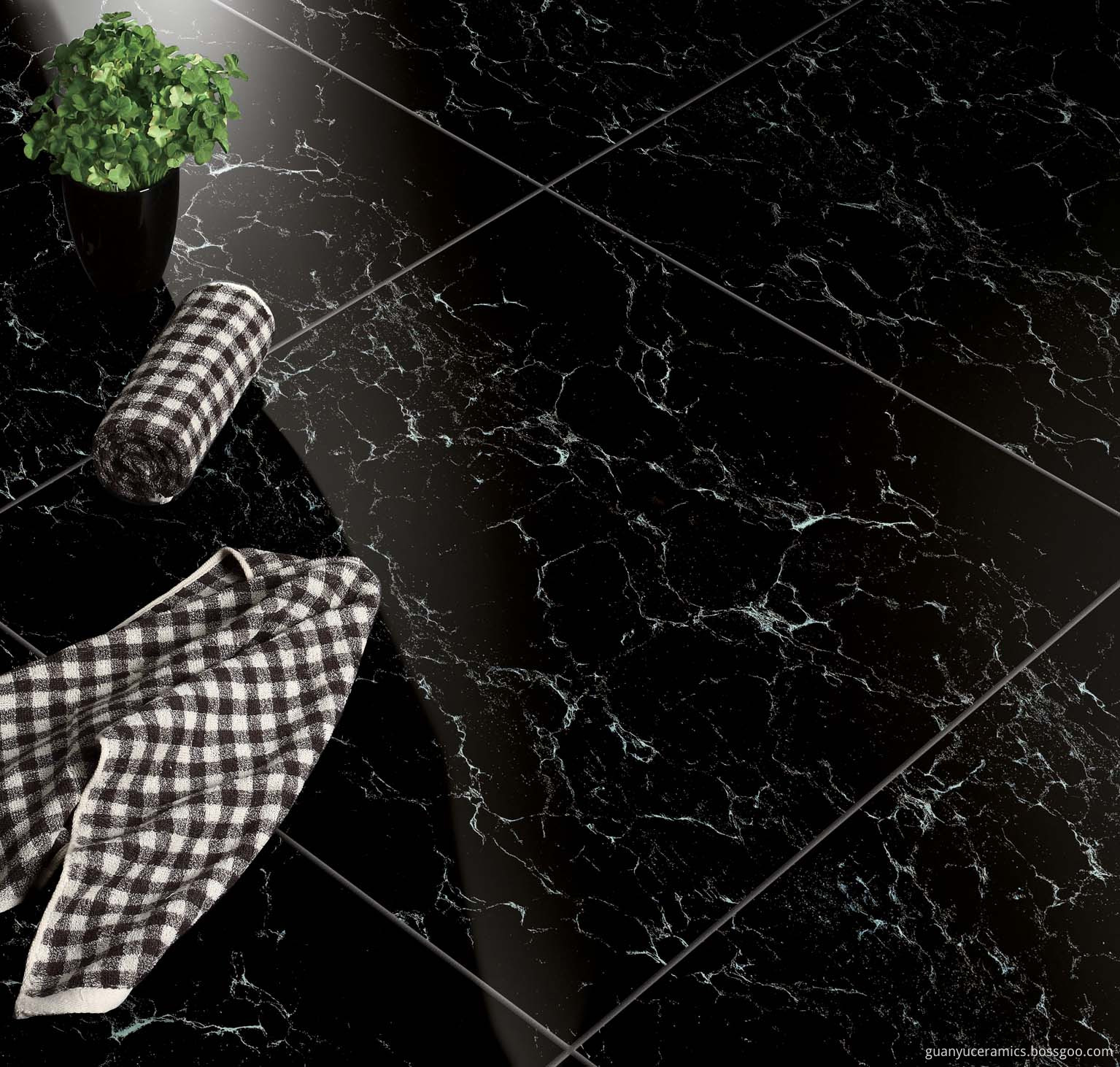Introduction of specifications and production of activated carbon
If the cost of activated carbon is calculated according to the raw materials, the most expensive blood purification charcoal, followed by coconut shell, wood and coal, but the deep processing level of activated carbon can be many, the deep processing of the same product will also cause great cost difference, the customer mainly needs According to your actual application, choose the corresponding activated carbon product. Production process: Activated carbon can be produced by physical steam method and chemical method according to the production method. Here, we focus on the production of physical water vapor method. The general production is divided into two processes. The first step is carbonization, and the raw materials are 170 to 600. It was dried at the same temperature, and its 80% r organic tissue was carbonized in the same amount. In the second step, the carbonized material which has been carbonized in the first step is sent to the reaction furnace, reacted with the activator and water vapor to complete the activation process, and the finished product is prepared. In the endothermic reaction process, a combination of CO and H2 is mainly produced to heat the carbonized material to an appropriate temperature (800 to 1000 degrees) to remove all decomposable substances, thereby producing a rich pore structure and a large specific surface area. The activated carbon has a strong adsorption force. The activated carbon produced by different raw materials has different pore diameters, wherein the activated carbon with coconut shell as the raw material has the smallest pore size, the wood activated carbon also has a larger pore diameter, and the pore size of the coal activated carbon is between the two.
Introduction of activated carbon specifications:
The activated carbon pore size is generally divided into three categories: large pore A transition pore: 20-1000A microporous: 20A According to the above characteristics, it can be seen that for different adsorption targets, the corresponding activated carbon should be selected to achieve the best cost performance, therefore, Generally, in the liquid phase adsorption, more activated carbon with a larger transition pore diameter and a larger average pore diameter should be used.
Introduction of activated carbon application:
According to the adsorption characteristics of activated carbon, activated carbon is mainly used to remove pollutants in water, decolorize, filter and purify liquids and gases, and also be used for air purification and waste gas recovery (such as the recovery of gas "benzene" in the chemical industry). Recovery and refining of precious metals (such as the absorption of gold). With the development of science, the use of activated carbon has become more and more extensive. With the country's emphasis on the ecological environment, activated carbon has also played an increasingly important role.
Adsorption properties are the primary property of activated carbon. Activated carbon has crystallites like graphite grains but irregularly arranged. During the activation process, pores with different shapes and sizes are produced between the crystallites. It is assumed that the pores of the activated carbon are cylindrical pore shapes, and the radius of the pores can be divided into two types according to a certain method. In addition to physical adsorption, adsorption of activated carbon also involves chemical adsorption. The adsorption of activated carbon depends on both the pore structure and the chemical composition.
Necessary conditions in the process of activated carbon water treatment
Since the adsorption process and the principle of action involved in the treatment of activated carbon water are complicated, there are many influencing factors. It is mainly related to the nature of activated carbon, the nature of pollutants in water, the process principle of activated carbon treatment, and the selected operating parameters and operating conditions.
First, the nature of activated carbon
Since the adsorption phenomenon occurs on the surface of the adsorbent, the specific surface area of ​​the adsorbent is one of the important factors affecting the adsorption. The larger the specific surface area, the better the adsorption performance.
Because the adsorption process can be regarded as three stages, the internal diffusion has a great influence on the adsorption speed, so the micropore distribution of activated carbon is another important factor affecting the adsorption.
In addition, the surface chemistry, polarity and charge of the activated carbon also affect the adsorption effect.
Activated carbon for water treatment should have three requirements: large adsorption capacity, fast adsorption speed, and good mechanical strength. The adsorption capacity of activated carbon is related to the specific surface area of ​​activated carbon, and the specific surface area is large, the number of micropores is large, and the adsorbate adsorbed on the pore wall is more. The adsorption rate is mainly related to the particle size and pore distribution. The activated carbon for water treatment requires a transition hole (radius 20~1000A) to be developed, which is beneficial to the diffusion of the adsorption mass into the micropores. The smaller the particle size of activated carbon, the faster the adsorption speed, but the head loss should be increased, generally in the range of 8~30 mesh. The mechanical wear resistance of activated carbon directly affects the service life of activated carbon.
Second, the nature of the adsorbate (solute or pollutant)
The same activated carbon has great differences in the adsorption capacity of different pollutants.
(1) Solubility
The solubility of a substance of the same group decreases as the chain lengthens, and the adsorption capacity increases as the series of homologues rises or the molecular weight increases. The smaller the solubility, the easier it is to adsorb.
For example, the order in which activated carbon adsorbs organic acids from water is increased by formic acid-acetic acid-propionic acid-butyric acid.
(II) Molecular Structure The size and chemical structure of the adsorbate molecules also have a large impact on adsorption. Because the adsorption rate is affected by the internal diffusion rate, the size of the adsorbate (solute) molecule is proportional to the pore size of the activated carbon, which is most favorable for adsorption. In homologues, molecules larger than molecules are easily adsorbed. The organic matter of the unsaturated bond is more soluble than the saturated one. Aromatic organics are easier to adsorb than aliphatic organics. (3) Polar activated carbon can be regarded as a non-polar adsorbent, and its adsorption capacity for non-polar substances in water is greater than that of polar substances. (4) When the concentration of the adsorption (solute) adsorbate is within a certain range, the adsorption capacity increases as the concentration increases. Therefore, the concentration of the adsorbate (solute) changes, and the adsorption capacity of the activated carbon for the adsorbate (solute) also changes.
Third, the effect of solution pH
The effect of pH on the adsorption should be considered in combination with the effects of activated carbon and adsorbate (solute). The pH of the solution controls the degree of dissociation of acidic or basic compounds. When the pH reaches a certain range, these compounds dissociate and affect the adsorption of these compounds.
The pH of the solution also affects the solubility of the adsorbate (solute) and the charge of the adsorbate (solute) of the colloid.
Since activated carbon can adsorb hydrogen and oxygen ions in water, it affects the adsorption of other ions.
The effect of activated carbon adsorbing organic pollutants from water generally decreases with the increase of pH value of the solution. When the pH value is higher than 9.0, it is not easy to adsorb, and the lower the pH value, the better the effect. In practical applications, the optimum pH range is determined experimentally.
The activated carbon multi-pleated fiber filter is an imported product using a CHBr3 (tribromomethane) bromination system. China is a chlorinated bleaching powder) disinfection tap water technology system. Because of the different water treatment technologies, this shortcoming is that aging is rapid under the chemical corrosion of residual chlorine in China's water quality. CHBr3 has a toxic effect on the human body that destroys the insulin secretion system. The purified water of the system is prone to cause insulin secretion disorders and suffer from modern diseases such as diabetes, obesity, and hypertension. Second, the secondary pollution of the material aging carbon particles, fibers, pathogenic bacteria and impurities pollution into the drinking water outlet, the user is difficult to find.
Fourth, the effect of solution temperature
Since the adsorption heat is small when the liquid phase is adsorbed, the influence of the solution temperature is small.
Adsorption is an exothermic reaction. The heat of adsorption, that is, the total heat released by the activated carbon adsorption unit weight of the adsorbate (solute), in KJ/mol. The greater the heat of adsorption, the greater the effect of temperature on adsorption.
On the other hand, temperature has an effect on the solubility of the substance and therefore also on the adsorption.
When water is treated with activated carbon, the effect of temperature on adsorption is not significant.
5. The influence of coexistence of multi-component adsorbate
When water is applied by adsorption, usually water is not a single pollutant, but a mixture of multi-component pollutants. When adsorbed, they can co-adsorb, promote each other or interfere with each other. In general, the adsorption capacity of the multi-component adsorption is lower than that of the single-component adsorption.
Sixth, adsorption operating conditions
Since the diffusion rate of the external diffusion (liquid film diffusion) affects the adsorption during the liquid phase adsorption of the activated carbon, the type of the adsorption device and the contact time (water passing rate) have an effect on the adsorption effect.
In summary, there are many factors affecting adsorption. Comprehensive analysis should be carried out. According to the specific conditions, the best adsorption conditions should be selected to achieve the best adsorption effect.
Guanyu Ceramics Tiles are top quality, nano-polished, low water absorption, rectified. Unique grains like gurgling water make you like being in a vivid fairyland, the natural curve shows the special grace and true tenderness, a fresh and tasteful life is unfolding before your eyes.
Super Black Polished Porcelain Floor Tile / Golden Star Black Polished Porcelain Tile / Top Grade Popular Black Polished Porcelain Tile
Application:
1. Flooring, wall tiles in a bathroom, kitchen and other living space.
2. Hotel lobby flooring, airport, super market, shopping mall, warehouse flooring big project etc.
3.Indoor/Outdoor: Indoor,Commercial Area.
Packing information:
SIZE: 600*600 mm: 4PCS/CTN, 32KG/CTN, 1.44SQM/CTN, 840CTN/20′, 1,209SQM/20′, 27,300KG/20′
SIZE:800*800 mm: 3PCS/CTN, 50KG/CTN, 1.92SQM/CTN, 540CTN/20′, 1,036SQM/20′, 27,270KG/20′
In neutral cartons and put on wooden pallet.
Why Guanyu Ceramics?
Guanyu Ceramics, specializing in making mosaics, polished tiles, rustic tiles and glazed internal wall tiles, makes our brand "Guanyu Ceramics" popular around the world and established worldwide distribution Channels in many countries and areas under the support of many clients.
We will supply you:
- Good Quality:
We got ISO9001:2000, ISO14001:2004, GB/T28001-2001 certificate, compulsory 3C certificate and strictly carries out their standard systems. And our inspection deptment supervise all the goods and it makes the goods are what your expected.
- Reasonable Price:
Our reasonable price will help you to enlarge your market.
- 10 years tiles exporting experience:
Over 10 years of exporting experience on tiles guarantee that all the steps of exporting can goes smoothly and it saves your time and money of getting goods.
- Meet Your Needs:
If your requirement go beyond our tiles, please contact us with your tiles designs. We are always happy to discuss your needs.




Please kindly contact us for further details if you are interested, thank you!
Black Series Tile,Super Black Polished Porcelain Tile,Pure Black Building Tile,Gold Star Black Series Tile
Foshan Guanyu Group , http://www.guanyu-group.com